Understanding Engine Warning Lights
Understanding Engine Warning Lights – Your Ultimate Guide
Are you puzzled by the mysterious illumination of engine warning lights in your vehicle? Fear not! At Vida Auto Repair Service, your trusted auto shop in Columbia Heights, Minnesota, we’ve got you covered. Let’s delve into the intricacies of engine warning lights to ensure you’re equipped with the knowledge to handle any automotive situation confidently.
Decoding Engine Warning Lights
When your car’s dashboard lights up like a Christmas tree, it’s crucial to understand what each warning light signifies. Ignoring these warnings could lead to costly repairs or even endanger your safety on the road. Here’s a breakdown of some common engine warning lights:
1. Check Engine Light (CEL)
The notorious Check Engine Light is perhaps the most dreaded among drivers. It indicates a myriad of potential issues, ranging from minor to severe. From a loose gas cap to a faulty oxygen sensor, the causes behind the CEL vary. Prompt diagnosis by a qualified technician is essential to prevent further damage.
2. Oil Pressure Warning Light
This light alerts you to low oil pressure, which can result from insufficient oil levels or a malfunctioning oil pump. Driving with low oil pressure can cause irreversible damage to your engine. It’s imperative to pull over safely and check your oil level immediately upon seeing this warning light.
3. Battery Light
The battery light indicates a problem with your vehicle’s charging system. It could signify a failing alternator, loose or corroded battery cables, or a worn-out drive belt. Ignoring this warning may leave you stranded with a dead battery, so address it promptly to avoid inconvenience.
4. Coolant Temperature Warning Light
An overheating engine spells trouble for any driver. The coolant temperature warning light signals that your engine is running too hot, which could result from a coolant leak, a malfunctioning thermostat, or a faulty radiator. Continuing to drive with an overheating engine risks severe damage, so pull over and allow the engine to cool down before seeking assistance.
5. Tire Pressure Monitoring System (TPMS) Light
Proper tire inflation is vital for safe driving and optimal fuel efficiency. The TPMS light alerts you to low tire pressure, which could lead to tire blowouts or poor handling. Check your tire pressure regularly and inflate them to the manufacturer’s recommended levels to prevent accidents on the road.
Empower Yourself with Knowledge
Understanding your vehicle’s warning lights empowers you to take proactive measures to address potential issues promptly. Regular maintenance and timely inspections at Vida Auto Repair Service can help prevent warning lights from illuminating unexpectedly, ensuring a smooth and worry-free driving experience.
Conclusion
Don’t let engine warning lights leave you feeling overwhelmed or uncertain. By familiarizing yourself with their meanings and acting swiftly upon illumination, you can safeguard your vehicle’s health and your own safety. Remember, at Vida Auto Repair Service, we’re here to keep you informed and your vehicle running smoothly. Schedule a service appointment today and drive with confidence!

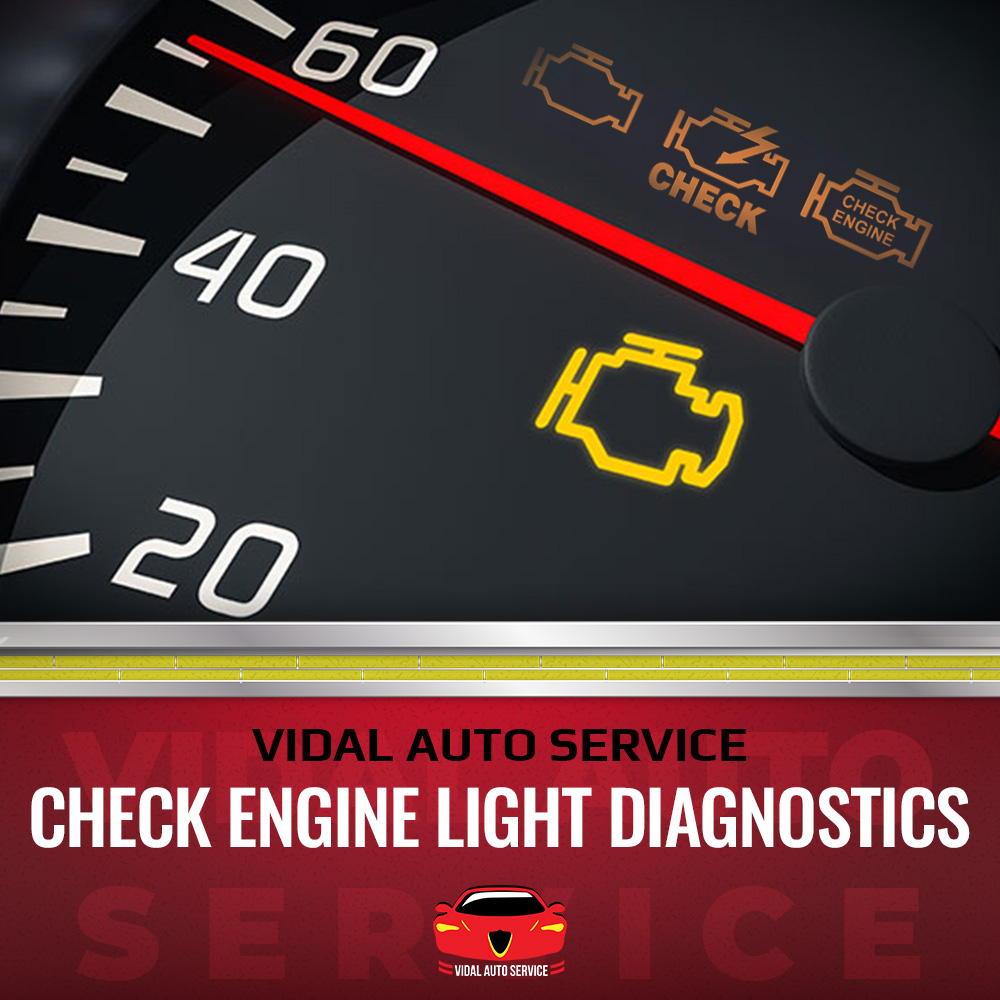
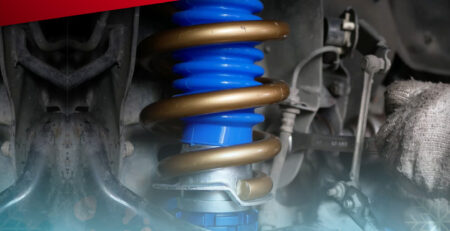


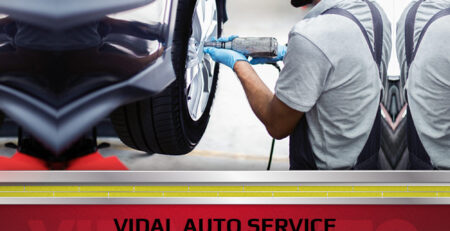
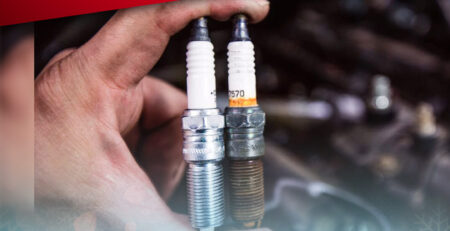
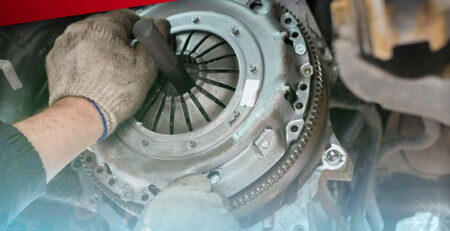
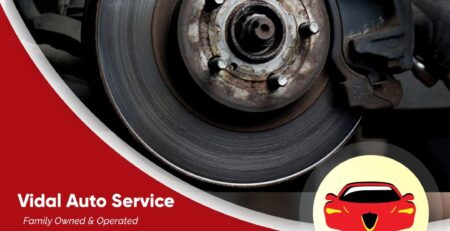




Leave a Reply